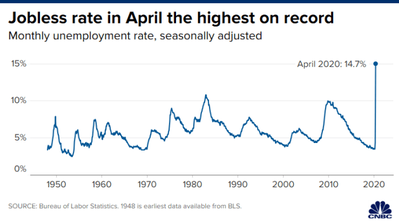
To figure out the cost we’ll initially look at quarter 1 GDP which declined by 4.8% on an annual basis. Given GDP in 2019 was $21.429 trillion, that comes out to $1,028.592,000; that’s a trillion with a T, but it doesn’t stop there. The unemployment rate skyrocketed to 14.7%, the highest since the height of the great depression in 1933 when it was 23%, and the economy lost 20.5 million jobs. Given that mean pay was $50,000 in 2018 (SSA.gov) and allow for 2 years of 3% raises, that comes to $53,045/12 months is $4,420/month, times 2 months unemployed is $8,840, times 20.50 million comes out to a loss in income of $181,220,000,000; that’s $181.22 billion with a B. There is a possibility of double counting since many are getting the $600/week stipend from the government which would be part of the CARE act.
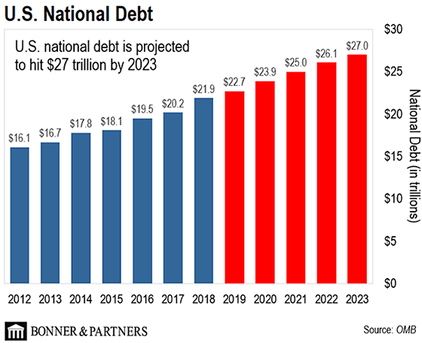
One analyst on CNBC stated that the US would lose 100,000 businesses would fail as a result of the quarantine and mandatory shutdown. This can be anything from a 1 person cleaning to business to a major airline of cruise line.. Norwegian Cruise Line Holdings recently announced that there is some chance that it may not continue as a going concern. They are the 3rd largest cruise line world wide. To be conservative, the average revenue of a small business is $7 million (paychex.com) times 100,000 businesses is $700 billion.
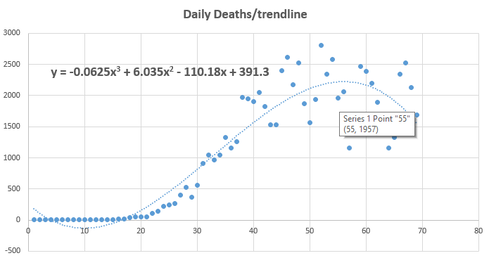
What one must ask is at what point does the cure eclipse the disease.
Speaking of the disease, at the time of this writing, May 8, there have been 78,615 deaths in the US that have been sttributed to covid 19, the key word being attributed. On April 14, the CDC changed the guidelines and gave directions that any death that has the symptons of covid 19, is to be counted as such even tho a covid 19 test wasn’t performed, and this was done retroactively (it should be noted that Medicare pays a hospital more for a covid 19 death than a non-covid 19 death). As a result, deaths spiked. Coincidentally (chart) deaths from pneomonia this year dropped dramatically compared to previous years. Granted, the quarantine can account for some of that decrease, but not over 1000/week. Looking at the attached chart that shows deaths by day and a polynomial regression curve, it is approximating a bell shaped curve (chart). Given it’s asymmetrical, we’re looking at about 96,000-110,000 deaths in the US being attributed to covid 19. The assumption is that the number of deaths continues its trend which may be in doubt given that some states are opening their economies. My orginal estimate of deaths was 80,000. If you subtract 1000 deaths per week from the end of week 8, the 1st week of a 1000 death drop in pneumonia to week 26, the end of June, that’s 16,000 subtracted from the interval now yields 80,000-96,000 covid 19 deaths.
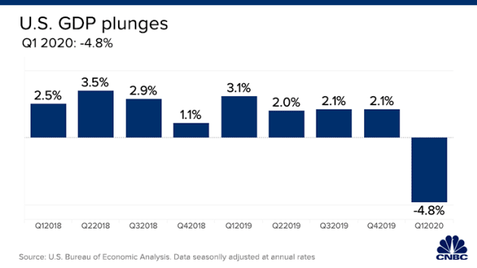
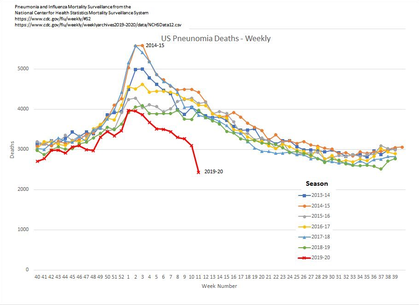
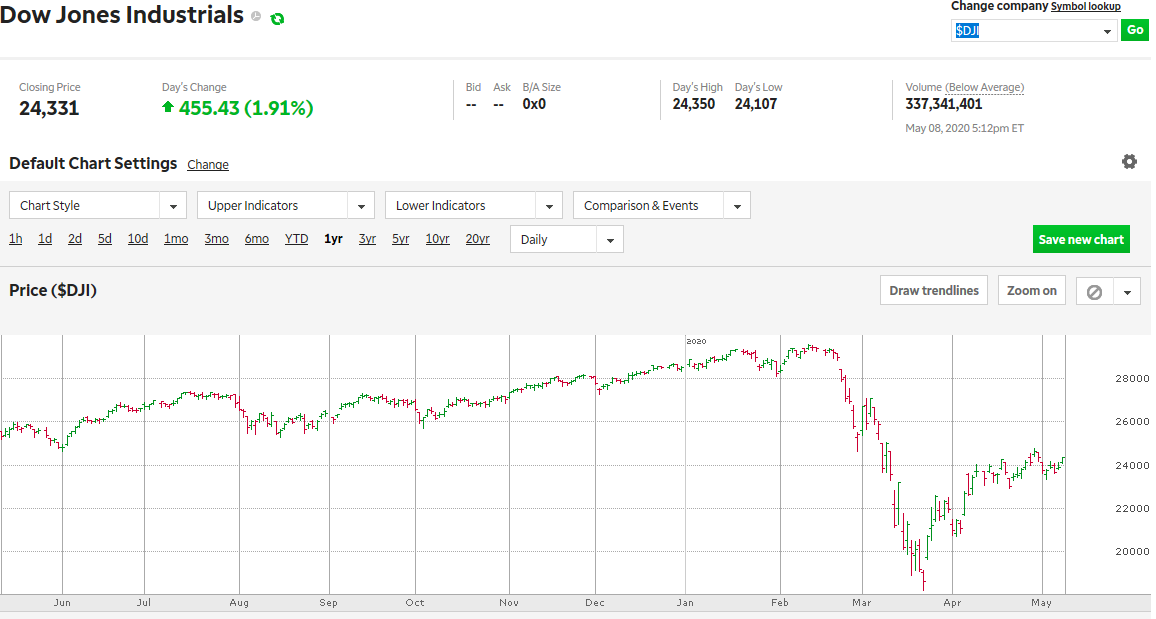
 RSS Feed
RSS Feed
